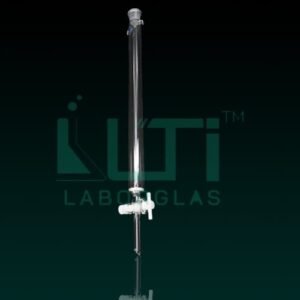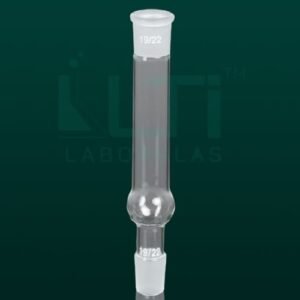- This autoclavable stand is perhaps the most commonly used Test Tube Stand in various laboratories.
- For better visibility, this 6 place rack is end supported by 2 columns.
- The top plate has 2 holes for holding 25 mm dia test tubes, four holes to hold 16 mm dia tubes where as the base has corresponding hemispherical wells.
- It also has six vertical pins for drying tubes.
- Material: Polypropylene
| PART No. | Size | PACK Qty. |
| 7560-16 | 16 mm. & 25 mm ø Tubes | 12 |
| 7560-25 | 25 mm. Tubes | 12 |
Here are some common uses of test tube stands:
- Organization and Storage:
- Test tube stands are primarily used to organize and store test tubes when they are not in use. They help maintain a neat and orderly laboratory workspace, making it easy to locate specific test tubes when needed.
- Drying Tubes:
- After washing or sterilizing test tubes, a test tube stand can be used to hold the tubes upside down for air drying. This helps prevent water droplets from accumulating inside the tubes.
- Sample Handling:
- When multiple samples need to be processed simultaneously, test tube stands provide a convenient way to arrange and handle the samples. This is particularly useful in experiments involving a series of reactions or analyses.
- Centrifugation:
- Test tube racks are compatible with centrifuge rotors. They securely hold multiple test tubes during centrifugation, allowing for the separation of substances based on density.
- Freezing and Cooling:
- Test tube stands can be used to organize test tubes in freezers or refrigerators, providing a stable arrangement for samples that need to be frozen or kept at a specific temperature.
- Incubation:
- In microbiology and cell culture work, test tube racks are used to hold test tubes during incubation periods. The organized setup facilitates the handling of cultures and samples.
- Reaction Setups:
- Test tube racks are often used to set up reactions by organizing reagents and samples. This is especially important in experiments where precise timing and coordination of reactions are crucial.
- Benchtop Experiments:
- Test tube stands are valuable for benchtop experiments where multiple test tubes are used simultaneously. They help prevent spillage and provide a secure place for test tubes during various stages of an experiment.
- Teaching Laboratories:
- In educational settings, such as teaching laboratories, test tube racks are used to teach students about proper laboratory techniques, including the handling, organization, and storage of test tubes.
- Quality Control and Inspections:
- Test tube stands are used in quality control processes and inspections to organize and present test tubes for visual inspections or measurements.
- Presentation and Display:
- In some instances, test tube racks are used to display samples or experiments during presentations or demonstrations. This is common in educational outreach or public engagement activities.
- Transportation:
- Test tube stands can be used to transport multiple test tubes from one location to another. Some designs include handles for easy carrying.
- Adaptation for Specialized Equipment:
- Test tube stands can be adapted for use with other laboratory equipment, such as spectrophotometers, by positioning the test tubes for analysis.







Reviews
There are no reviews yet.